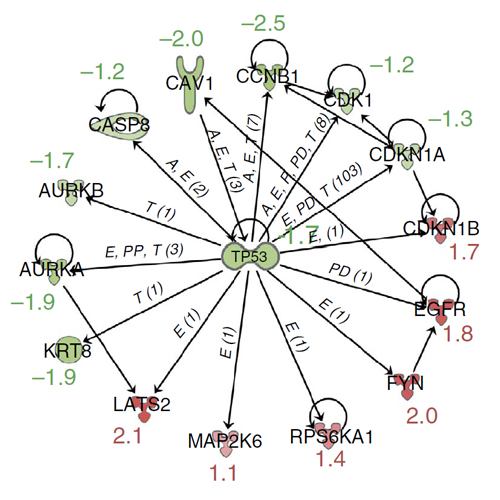A bead-based western for high-throughput cellular signal transduction analyses
23-Sep-2016
Nature Communications, 7, Article number: 12852, doi:10.1038/ncomms12852
Nature Communications, online article
Dissecting cellular signalling requires the analysis of large number of proteins. The DigiWest approach we describe here transfers the western blot to a bead-based microarray platform. By combining gel-based protein separation with immobilization on microspheres, hundreds of replicas of the initial blot are created, thus enabling the comprehensive analysis of limited material, such as cells collected by laser capture microdissection, and extending traditional western blotting to reach proteomic scales. The combination of molecular weight resolution, sensitivity and signal linearity on an automated platform enables the rapid quantification of hundreds of specific proteins and protein modifications in complex samples. This high-throughput western blot approach allowed us to identify and characterize alterations in cellular signal transduction that occur during the development of resistance to the kinase inhibitor Lapatinib, revealing major changes in the activation state of Ephrin-mediated signalling and a central role for p53-controlled processes.











